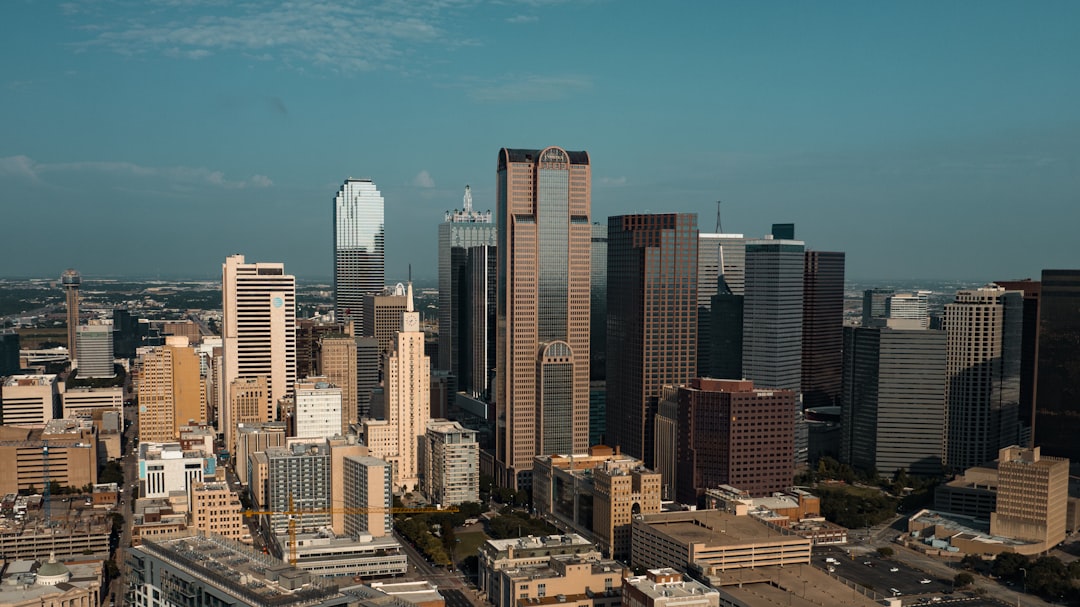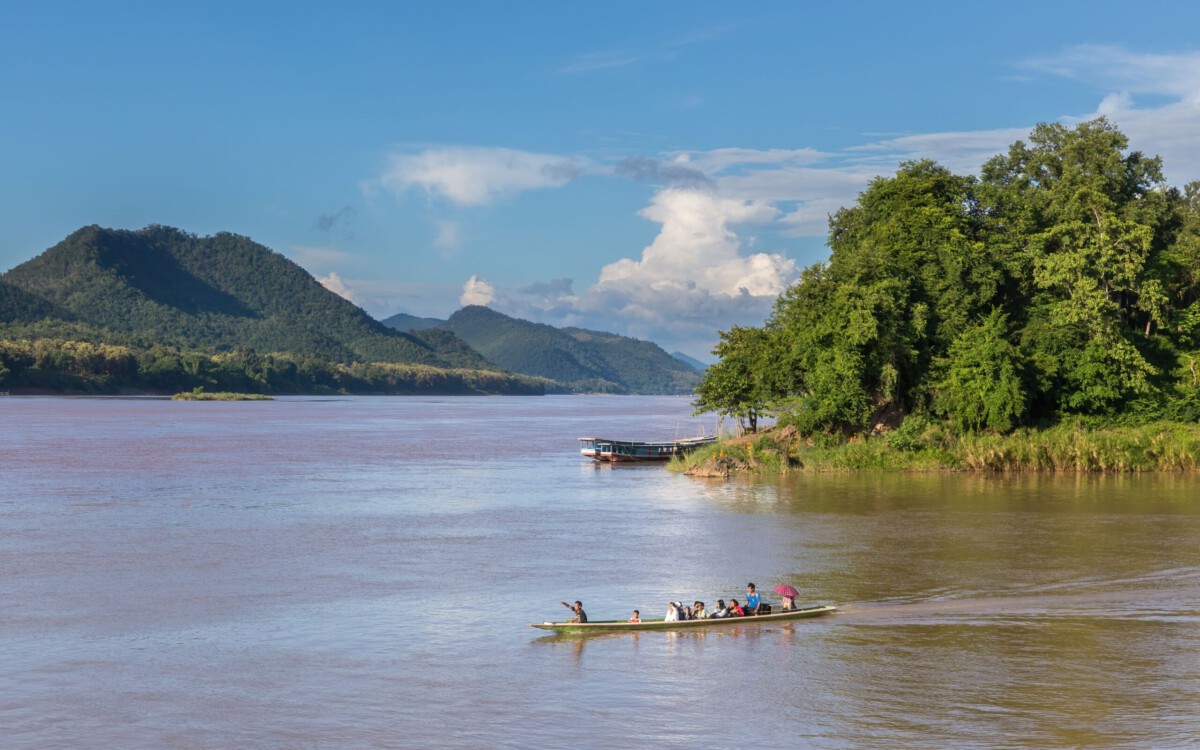
Here’s a jolt to start with: Houston is one of the only major U.S. cities that built itself without traditional citywide zoning, and the results are as dramatic as you’d imagine. Blocks can flip from townhomes to warehouses to nightclubs within a few hundred feet, and the streets stretch so far that many daily errands quietly turn into 30‑minute drives.
That mash‑up of freedom and friction sits at the center of the YouTube video “The Worst Designed City in the World,” which zeroes in on how the city’s layout nudges almost everyone into a car. The video’s tone is blunt and at times a little brutal, but it taps into a feeling many residents know well: the exhausting distance of everyday life. If you’ve ever stared at a map of Houston and wondered how neighborhoods got so spread out, this breakdown will feel uncomfortably familiar. And if you’ve never been, the patterns described here explain why the city’s design keeps landing it in debates about urban planning, climate resilience, and quality of life.
What the Video Argues About Houston’s Design
The video’s core claim is simple and stinging: when a city is built to make driving the default, everything else becomes an afterthought. It opens with the scale of Houston and then zooms in on the street‑level reality—narrow sidewalks interrupted by driveways, parking lots bigger than the buildings they serve, and bus stops marooned on the edge of high‑speed arterials. You’re shown a place where distance is baked into the DNA, which means trips that might be five minutes by bike in a compact city become twenty by car here. This isn’t just inconvenient; it shapes who can participate in the city’s opportunities and at what cost. The video emphasizes how design choices compound over time, turning quick fixes into long‑term liabilities. By the end of its opening act, the point is hard to miss: form dictates behavior, and Houston’s form dictates driving.
“This is Houston. A city full of endless …”
As the narrative builds, it also calls out the visual clutter that comes with car‑first planning—towering flyovers, sprawling frontage roads, and commercial strips that never seem to end. The tone is not cruel, but it is unsparing, arguing that the city’s promise of personal freedom quietly depends on a lot of collective sacrifice. That sacrifice shows up as time lost to traffic, money poured into vehicles and fuel, and stress that sneaks into daily routines. The video doesn’t say Houston is hopeless; it says the city has built itself into habits that are hard to break. That framing sets up the rest of its case: the problem isn’t any single road or project, but the system that rewards spreading out and speeding up.
Urban Sprawl and the Zoning Question
Houston’s famous lack of traditional zoning fuels the video’s most provocative point: when you don’t draw strong boundaries for land uses, you often end up drawing longer and longer roads. In practice, much of the region still separates homes, offices, and shops through private rules and the market, but those gentle boundaries stretch things out even more. The result is a patchwork of subdivisions, strip malls, and business parks stitched together by wide arterials, turning quick cross‑neighborhood trips into mini‑commutes. The video ties this pattern to a cultural preference for space—big lots, big homes, big parking—and notes how that preference becomes policy through setbacks, drive‑throughs, and abundant curb cuts. None of this is evil, it argues; it’s just cumulative, and the cumulative effect is distance. Distance then becomes destiny: schools, groceries, and healthcare grow farther apart, and every errand quietly demands a car ride.
To keep the narrative grounded, the video contrasts the promise of flexibility with the cost of fragmentation. When a coffee shop can pop up next to a warehouse, the rules feel refreshingly light, but the street in front of them has to carry truck traffic and morning commuters at the same time. That conflict pushes streets to be wider and faster, which makes walking and biking less comfortable, which in turn reinforces driving. The cycle continues with more curbside parking, more turn lanes, and more asphalt that soaks up heat and sheds stormwater too quickly. The takeaway is not that freedom is bad, but that freedom without a plan often defaults to sprawl, and sprawl is expensive in money, time, and public health.
Traffic, Transit, and the Cost of Distance
The video points to congestion as the daily symptom most people feel first. Lanes have been added and ramps re‑braided for decades, yet the rush still presses in both directions because demand rises to fill the new capacity. Wider roads pull development farther out, which creates new trips that pour back into the widened roads, and the cycle repeats. That is why, the narrator argues, it can feel like the city is sprinting on a treadmill—moving faster without actually getting ahead. Public transit exists, but in a metro that spreads for miles, routes struggle to be both frequent and far‑reaching at the same time. If a line is frequent, it usually serves a compact corridor; if it reaches deep into the suburbs, frequency falls and trips get slow.
The video also highlights how designs meant to speed cars can unintentionally slow everyone. Long signal cycles, slip lanes, and intersections spaced for high throughput make crossing on foot stressful, which discourages short walk‑to‑bus trips that would otherwise boost transit. Biking shows up as a tug‑of‑war too: you might see a painted lane on one block and then nothing on the next, or a comfortable trail that dead‑ends at a freeway you can’t safely cross. Over time, those frayed connections add up to a system that technically offers alternatives, but rarely at the moments people need them most. And because every minute matters in a long commute, many residents understandably choose the option that feels most certain—a solo drive—reinforcing the very congestion they wish to escape.
Flooding, Heat, and Environmental Risk
Where the video gets most urgent is on resilience. Houston sits on a landscape of bayous and flat coastal plain, and when development sprawls outward with lots of pavement and little shade, water and heat have fewer places to go. Heavy rains hit fast, drainage systems rush, and localized flooding can strand entire neighborhoods even when the bigger freeways stay open. The film connects this to design choices: large parking fields, broad roofs, and tight timetables for moving cars off lots all push stormwater into the same channels at the same moment. As neighborhoods expand over former prairies and wetlands, the natural sponge shrinks, and detention basins must work overtime to compensate. On hot days, the sea of asphalt and concrete amplifies heat, raising energy bills and fraying tempers.
None of this is framed as doom. The message is that a car‑first, spread‑out city has to work twice as hard to stay safe and comfortable, because its basic form sheds water quickly and stores heat easily. Street trees, permeable surfaces, and connected greenways help, but their benefits multiply only when they’re stitched into a network, not dropped in as isolated fixes. The video argues that the city’s best bet is to pair big engineering with small, repeated design changes—curb cuts to bioswales, parking lots with shade and infiltration, and streets that move fewer cars a little slower but move more people overall. That combination lowers risk while improving everyday life.
Who Pays the Price: Time, Money, and Access
The social impacts are where the critique cuts deepest. Car ownership is expensive, and when a household needs two or three vehicles just to cover school, work, and errands, budgets get tight fast. Long commutes chip away at free time, and the stress of navigating high‑speed arterials with limited crossings can weigh on families who rely on buses or bikes. The video ties this to access: if frequent transit doesn’t reach your neighborhood and there’s no safe way to walk to a stop, you are effectively cut off from opportunities that exist only a few miles away. Health shows up in the story too—less daily walking, more exposure to heat, and long stretches spent sitting in traffic.
Green space is part of this equity puzzle. The city has some beautiful parks and bayou corridors, but vast areas still lack close, comfortable access to shade and recreation. Without those nearby, kids play less outside, older adults have fewer calm places to move, and neighbors lose easy spaces to meet. The video’s argument is not abstract: it shows how design either lowers or raises the “friction” of daily life, and in many parts of Houston the friction is simply higher than it needs to be. When the basics—getting to work, buying groceries, seeing a doctor—require long, car‑dependent trips, the burden falls hardest on people with the least time and resources to spare.
What the Video Says Houston Can Do Next
The final act swaps scolding for a punch list. It urges the city to keep investing in frequent, reliable transit on corridors where demand already exists, because predictable service is the foundation that makes car‑light living possible. It calls for safer, calmer arterials that trade a little peak‑hour speed for round‑the‑clock usability—continuous sidewalks, protected bike links through tough gaps, and crossings that don’t require a sprint. Parking reforms show up as a quiet force multiplier: when projects can build less parking in the right places, they can fit more homes, offices, or trees, and they generate fewer car trips per square foot. The video also nods to green infrastructure, not as a luxury but as drainage and heat protection that earns its keep every summer and storm season.
To make this feel practical, the narrator points at places where change is already visible—bus network improvements, bayou‑side trails, downtown and neighborhood parks, and targeted main‑street upgrades that keep people in mind, not just vehicles. It suggests using small pilots to test bigger ideas so neighborhoods can see and shape what’s coming before it becomes permanent. Even the sponsor mention is on‑brand for the episode: a quick nod at a tech gadget, then straight back to design details. The tone throughout is realistic about costs and politics but clear that better outcomes are reachable with consistent, incremental steps. The message is not that Houston must become a different city, but that it can become a better version of itself by aligning its rules and investments with the way people actually live and move today.
Source: Original YouTube Video





